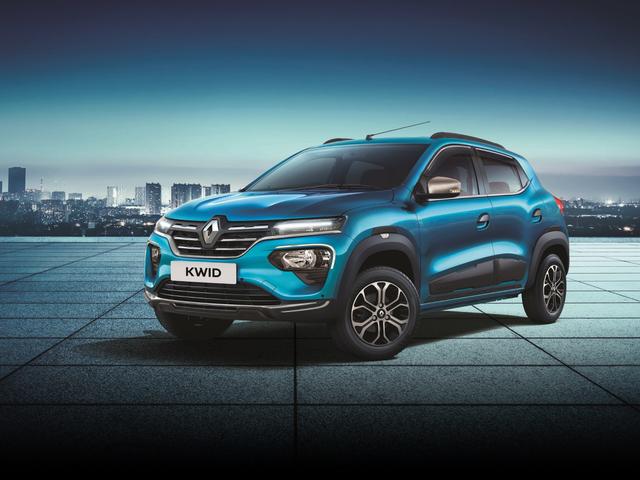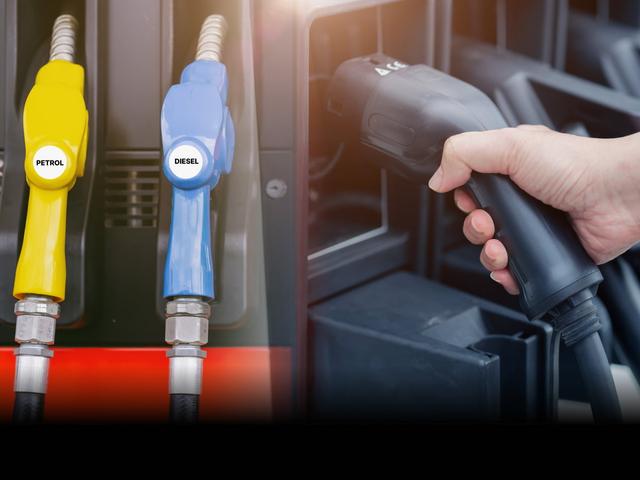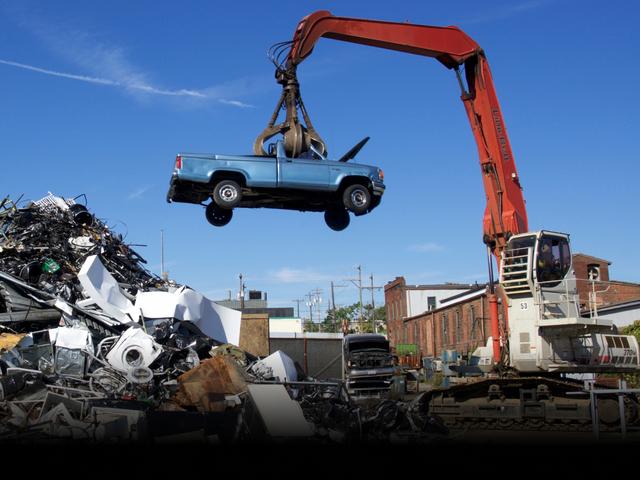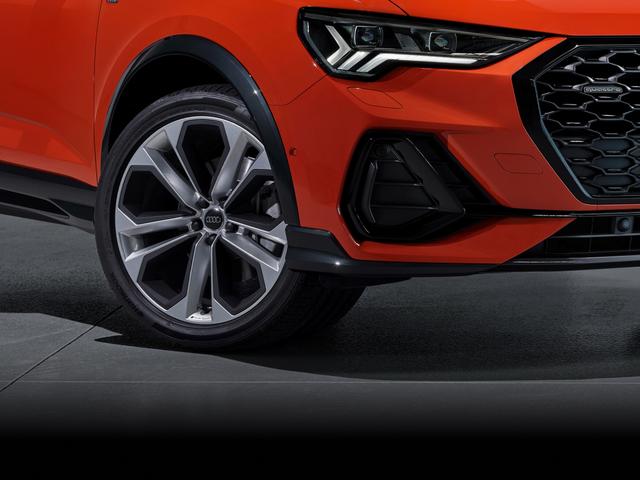


Blink blink !
Its almost here
-Explained-_-Decoding-Bharat-Stage-7_-What-It-Means-for-India-and-You.jpg&w=3840&q=50)
-Explained-_-Decoding-Bharat-Stage-7_-What-It-Means-for-India-and-You.jpg&w=750&q=50)
Bharat Stage 7 (BS7) Explained
- 1India is preparing for the implementation of BS7 emission norms
- 2BS7 will introduce stricter emission limits for pollutants like CO2, CO, and NOx
- 3The transition to BS7 will require significant investment from automakers
Bharat Stage 6 (BS6) is a thing of the past because India is now gearing up for BS7. Recently, the European Commission declared a plan to roll-out the Euro Seven norms, and all mass manufactured cars will have to comply with the new set of rules from July 1, 2025. However, this has not been officially confirmed. But just as BS6 was based on the Euro Six emission norms, BS7 will also be based on Euro Seven norms.
History of Bharat Stage Emission Norms
Let’s go over India’s historical emission standards, their timeline, and CPCB or Central Pollution Control Board. Vehicle emission norms were first introduced in India in 1992, set by the CPCB, and in the early days, these norms were quite basic. Then, in the year 2000, India's first emission regulation was introduced, named India 2000. The Supreme Court ordered all new automobiles in India to comply with this new emission standard. India 2000 made the catalytic converter mandatory in all new vehicles. Technically, India 2000 can be called the first emission norms, or BS1, but it was never referred to as the Bharat Stage One.
After India 2000 came the Bharat Stage 2 (BS2) norms, which were implemented across India till 2005. This set of norms introduced the MPFI or Multi Point Fuel Injection system, which became mandatory in all vehicles. Then, the Bharat stage 3, 4, and 6, were introduced in 2010, 2017 and 2020 respectively. As it took seven years for India to transition from BS3 to BS4 emission norms, and by then the global Euro Six emission norm had already arrived. Owing to this, the government skipped BS5 entirely and directly implemented BS6. April 2023 saw the implementation of the BS6 phase 2 norms which focus real-time driving emission or RD.
Changes under Bharat Stage 7 India’s BS7 standard will be an improvised adoption of Euro 7, just like all the previous norms, and Indian emission norms will be aligned with European norms. The first change or introduction will be OBM, or On Board Monitoring, which will work with the OBD systems, or On Board Diagnostics, already installed in the vehicle to monitor tailpipe emissions in real time. Other than that, BS7 will bring about stricter emission norms for severe pollutants like carbon dioxide, carbon monoxide, and nitrogen oxide. For example, Euro 6 has limits on nitrogen oxides for petrol cars, set at 60 mg/kg, and 80 mg/kg for diesel cars. Now this is the same value in Euro 7 whether the car is diesel or petrol, It will be limited to 60 mg/kg. With the introduction of the BS7, we will see more turbo-charged and direct injection vehicles.
Additional standards to be introduced with BS7
The tires and brakes of the car also cause pollution. When the vehicle is in motion, micro plastics and brake dust are discharged t from the tires and brakes, which are also harmful pollutants. With the introduction of the BS7 norms, these pollutants will also be regulated and limited.
The batteries of electric vehicles (EVs) and plug-in hybrids will also be tested for longevity, where the battery and charge holding capacity will be assessed over certain time periods and kilometers. Lifetime emissions of the vehicle will also be monitored in the BS7 norms. As a vehicle gets older, its emission levels also increase. Vehicles under the BS7 norms will come equipped with special sensors that detect specific issues that cause the vehicle to pollute more over time.
Challenges with BS7
Upgrading any vehicle according to the new mission norm takes a lot of time and investment. In order to comply with BS7, whose standards will also have more than six strikes, car manufacturers will have to incur increased investment. They will have to equip their vehicles with Advanced Emission Control Systems, and the increased investment will mean that buyers will have to pay more to procure these vehicles. For example, last year when the BS6 Phase 2 emission norms were introduced, vehicle manufacturers also increased the price of their vehicles. Additionally, when the BS6 norms rolled out, a lot of vehicles were discontinued, and similarly with the rollout BS7, a lot of your good cars face the risk of discontinuation.
When will BS7 be introduced
There is currently no official announcement or timeframe provided on the BS7 implementation in India. However, the automobile industry has been asked to prepare for the BS7 implementation. According to some reports, some car manufacturers have already started working on BS7 compliant changes.


Blink blink !
Its almost here













.jpg&w=640&q=75)









Blink blink !
Its almost here





.webp&w=828&q=75)






